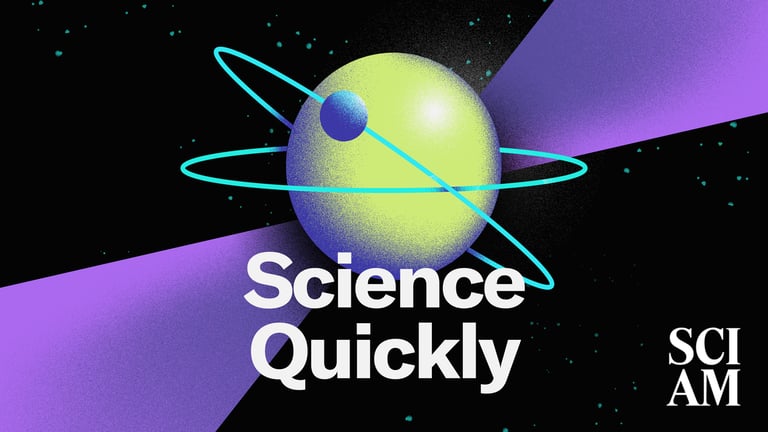LIGO's Next-Gen Detection: Unveiling Cosmic Mysteries with Enhanced Gravitational Wave Technology
July 16, 2025
LIGO has multiple facilities, including main observatories in Washington State and Louisiana, with prototype testing at MIT and Caltech.
Detecting these waves provides valuable insights into the remnants of massive stars, such as black holes and neutron stars, enhancing our understanding of stellar evolution and the universe's history.
Since the initial discovery, advancements in quantum technologies, like squeezed light sources, have been developed to improve the sensitivity of gravitational wave detectors.
The article features a discussion between Rachel Feltman and MIT physicist Matthew Evans about gravitational wave detection at LIGO.
A larger sample of gravitational wave events will allow scientists to explore new astrophysical phenomena and deepen our understanding of the universe's evolution.
Future upgrades to LIGO include new mirror coatings and enhanced squeezed light sources to increase detection rates.
Construction of the Cosmic Explorer could begin in the early 2030s, with operations expected to start by the late 2030s.
The first detection of gravitational waves occurred in 2015 and was announced in 2016, marking a major breakthrough in physics.
LIGO's detectors are extraordinarily sensitive, capable of measuring movements as small as one-thousandth the size of a proton, or about 10^-18 meters.
Gravitational waves are ripples in spacetime that can be detected by sensitive interferometers like LIGO, which use laser beams to measure tiny movements of mirrors.
The Cosmic Explorer project aims to build next-generation, larger, and more sensitive detectors, potentially enabling the observation of events from the far reaches of the universe.
Summary based on 1 source
Get a daily email with more Science stories
Source

Scientific American • Jul 16, 2025
Cosmic Explorer, Laser Breakthroughs and the Next Generation of Gravitational-Wave Research